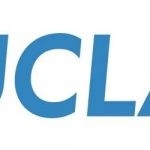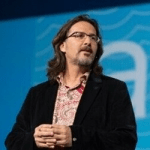Quantum News Briefs August 30: German consortium using quantum technology to enhance satellite measurement stability; Max Planck Institute physicists develop new method to drive quantum entanglement of photons
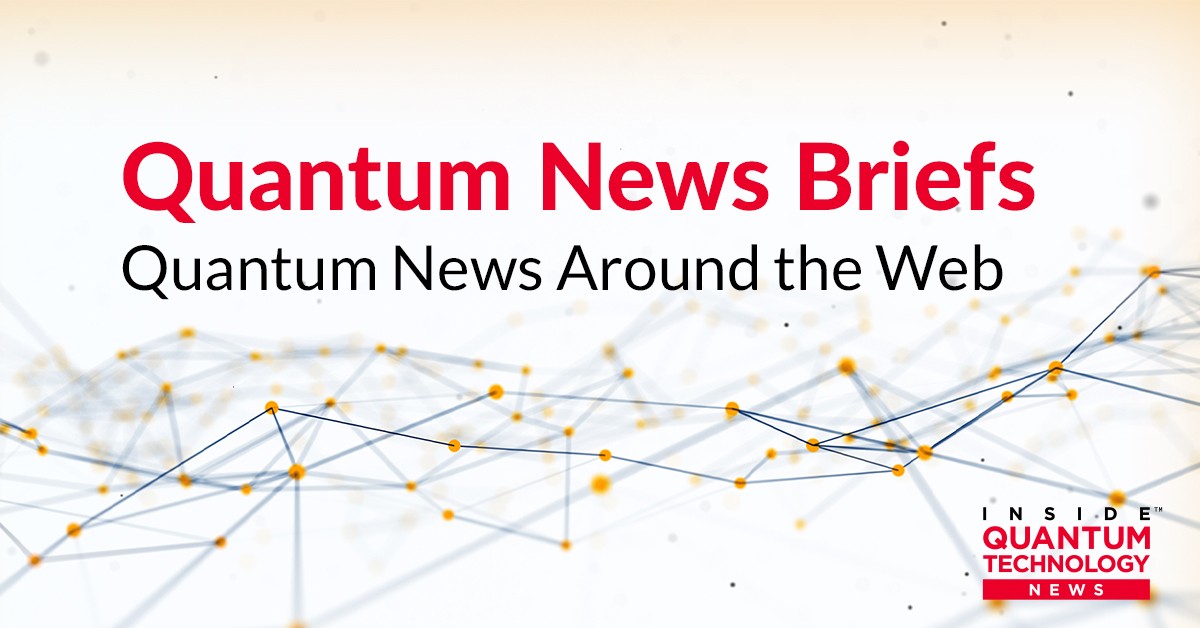
Quantum News Briefs August 30 begins with news about the German consortium using quantum technology to enhance satellite measurement stability followed by another German announcement from Max Planck Institute whose physicists have developed a new method to drive quantum entanglement of photons. Next the Briefs moves to the US Midwest where Indiana University Purdue University and the University of Notre Dame will develop industry- and government-relevant quantum technologies as part of the Center for Quantum Technologies with a grant from the National Science Foundation. And MORE.
German consortium using quantum technology to enhance satellite measurement stability
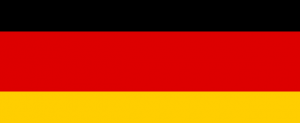 A German consortium composed of Q.ANT, Bosch, TRUMPF, and the German Aerospace Center (DLR) plans to use quantum technology to permanently enhance satellite measurement stability. The announcement from Cologne was made in PhotonicsMedia and summarized here by Quantum News Briefs.
A German consortium composed of Q.ANT, Bosch, TRUMPF, and the German Aerospace Center (DLR) plans to use quantum technology to permanently enhance satellite measurement stability. The announcement from Cologne was made in PhotonicsMedia and summarized here by Quantum News Briefs.
Reliable transmission of satellite communication signals can only be achieved by constantly maintaining high-precision attitude control of satellites in their orbits. If a satellite moves out of position, the signals get weaker. Beyond their use for satellites, attitude, and position, sensors that harness quantum effects can be used for autonomous driving systems and indoor navigation technologies in factories, logistics warehouses, and other facilities.
The partners will develop space-qualified attitude sensors in a project will improve internet access, particularly in remote regions, TRUMPF said in a press release. The aim is to use these quantum technology-based sensors to achieve high-precision attitude control of miniaturized satellites. The sensors’ ability to maintain precise orientation of the satellites in relation to each other will enable high-speed data connectivity.
Quantum sensors are particularly suitable for deployment in satellites since they provide reliably accurate measurement results and excellent performance in a compact, low-weight package. This solution can keep satellites correctly oriented in space over a period of years.
The DLR hopes to launch its first miniaturized satellites equipped with quantum technology in five years. “The goal of developing European quantum sensors is to achieve greater independence from the global market,” the press release said.
“This strategic partnership shows the tremendous potential that lies in the collaborative development of pioneering technologies,” said Michael Förtsch, CEO of Q.ANT. “The deployment of quantum technology in the aerospace industry is a huge opportunity for Germany as a major industrial hub.”
*****
Max Planck Institute physicists develop new method to drive quantum entanglement of photons; technique could be boon for quantum computers
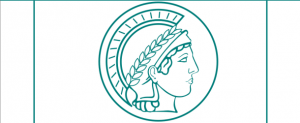
Max Planck physicists have discovered a way to drive the quantum entanglement of photons. Staff writer Michael Irving covered for New Atlas and pointed out the technique that entangled a record number of photons could be a boon for quantum computers. Quantum News Briefs summarizes the research and its implications below.
To work best, large groups of particles need to be produced and entangled together, but this is tricky to do. So for the new study the Max Planck researchers investigated a more reliable method of quantum entanglement, and used it to successfully entangle 14 photons together – the largest group of photons entangled so far.
Their process is far more efficient than existing techniques, producing photons more than 43% of the time, or almost one photon for every two laser pulses. Fourteen entangled particles might not sound like a whole lot – scientists have managed to entangle literally trillions of atoms in a gas in previous experiments. But we’re not going to be able to harness a system like that for quantum communications or computers. Photons are far simpler to produce and use in everyday technology, and the efficiency of this new technique should be relatively simple to scale up for increased photon production.
To that end, the team says that the next step is to experiment using at least two atoms as sources.
*****
Three research universities to collaborate with industry, government to develop quantum technologies with grant from NSF
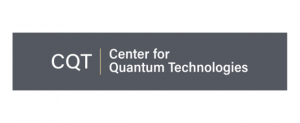 Researchers from Indiana University (both Bloomington and IUPUI campuses), Purdue University and the University of Notre Dame will develop industry- and government-relevant quantum technologies as part of the Center for Quantum Technologies with a grant from the National Science Foundation. Purdue will serve as the lead site.
Researchers from Indiana University (both Bloomington and IUPUI campuses), Purdue University and the University of Notre Dame will develop industry- and government-relevant quantum technologies as part of the Center for Quantum Technologies with a grant from the National Science Foundation. Purdue will serve as the lead site.
“The Center for Quantum Technologies is based on the collaboration between world experts whose collective mission is to deliver frontier research addressing the quantum technological challenges facing industry and government agencies,” said Gerardo Ortiz, Indiana University site director, scientific director of the IU Quantum Science and Engineering Center and professor of physics. “It represents a unique opportunity for the state of Indiana to become a national and international leader in technologies that can shape our future.”
The new Center for Quantum Technologies will team with member organizations from a variety of industries, including computing, defense, chemical, pharmaceutical, manufacturing and materials. The center’s researchers will develop foundational knowledge into industry-friendly quantum devices, systems and algorithms with enhanced functionality and performance.
Committed industry and government partners include Accenture, the Air Force Research Laboratory, BASF, Cummins, D-Wave, Eli Lilly, Entanglement Inc., General Atomics, Hewlett Packard Enterprise, IBM Quantum, Intel, Northrup Grumman, NSWC Crane, Quantum Computing Inc., Qrypt and Skywater Technology.
Additionally, the Center for Quantum Technologies will train future quantum scientists and engineers to fill the need for a robust quantum workforce. Students engaged with the center will take on many of the responsibilities of principal investigators, including drafting proposals, presenting research updates to members, and planning meetings and workshops.
*****
Master equation to boost feedback control at quantum level
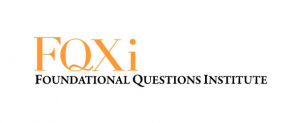 Physicists do not yet have an equivalent understanding of feedback control at the quantum level. Now, Foundational Questions Institute (FQXi)-funded physicists have developed a “master equation” that will help engineers understand feedback at the quantum scale. Eureka Alerts covered the findings summarized here by Quantum News Briefs.
Physicists do not yet have an equivalent understanding of feedback control at the quantum level. Now, Foundational Questions Institute (FQXi)-funded physicists have developed a “master equation” that will help engineers understand feedback at the quantum scale. Eureka Alerts covered the findings summarized here by Quantum News Briefs.
“It is vital to investigate how feedback control can be used in quantum technologies in order to develop efficient and fast methods for controlling quantum systems, so that they can be steered in real time and with high precision,” says co-author Björn Annby-Andersson, a quantum physicist at Lund University, in Sweden.
An example of a crucial feedback-control process in quantum computing is quantum error correction. A quantum computer encodes information on physical qubits, which could be photons of light, or atoms, for instance. But the quantum properties of the qubits are fragile, so it is likely that the encoded information will be lost if the qubits are disturbed by vibrations or fluctuating electromagnetic fields. That means that physicists need to be able to detect and correct such errors, for instance by using feedback control. This error correction can be implemented by measuring the state of the qubits and, if a deviation from what is expected is detected, applying feedback to correct it.
Annby-Andersson and his colleagues have now developed a master equation, called a “Quantum Fokker-Planck equation,” that enables physicists to track the evolution of any quantum system with feedback control over time. The team tested their equation by applying it to a simple feedback model. This confirmed that the equation provides physically sensible results and also demonstrated how energy can be harvested in microscopic systems, using feedback control.
The analysis and related experiments are partially funded by a grant from the Foundational Questions Institute, FQXi. “It is a great example of a successful collaboration between two different teams based at the University of Maryland, College Park, and at Lund University,” says co-author and FQXi member Peter Samuelsson, a quantum physicist at Lund University.
*****
Sandra K. Helsel, Ph.D. has been researching and reporting on frontier technologies since 1990. She has her Ph.D. from the University of Arizona.




















